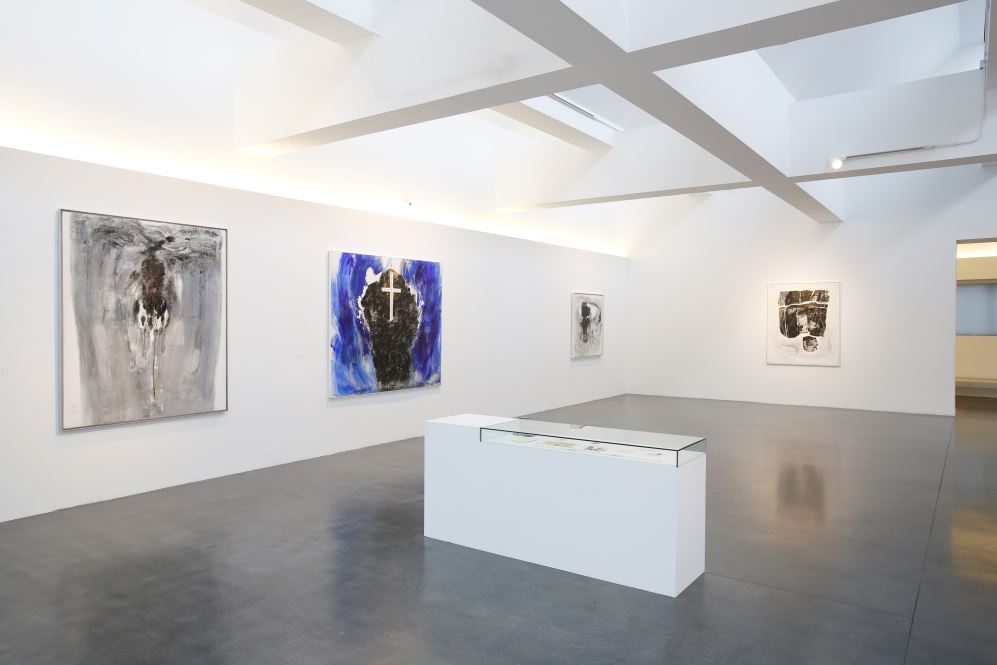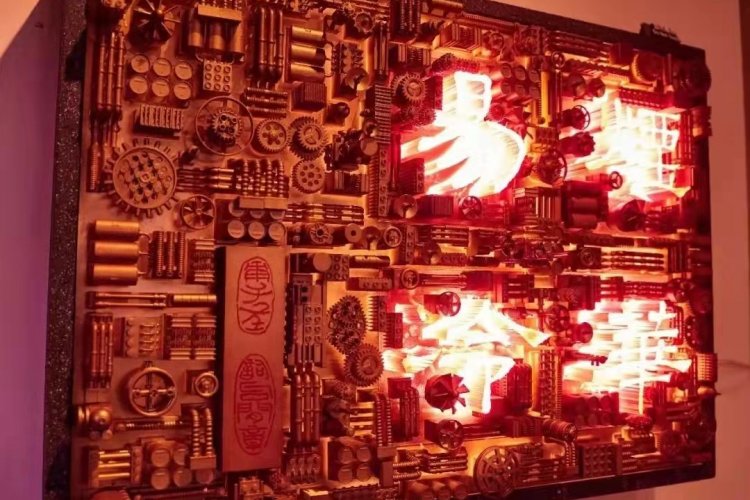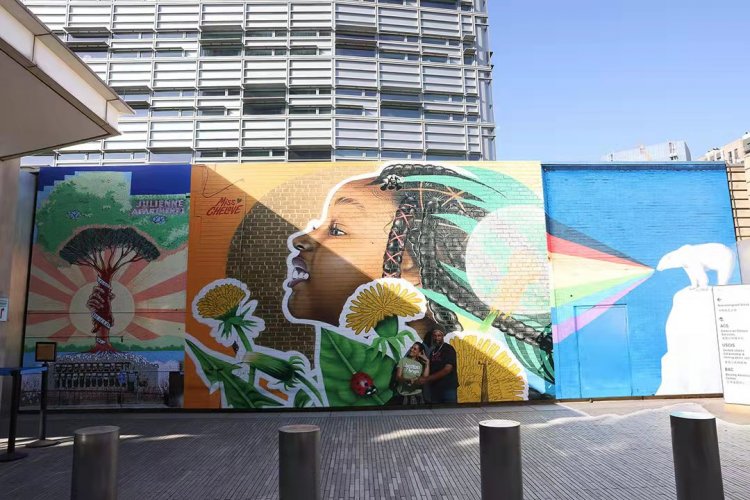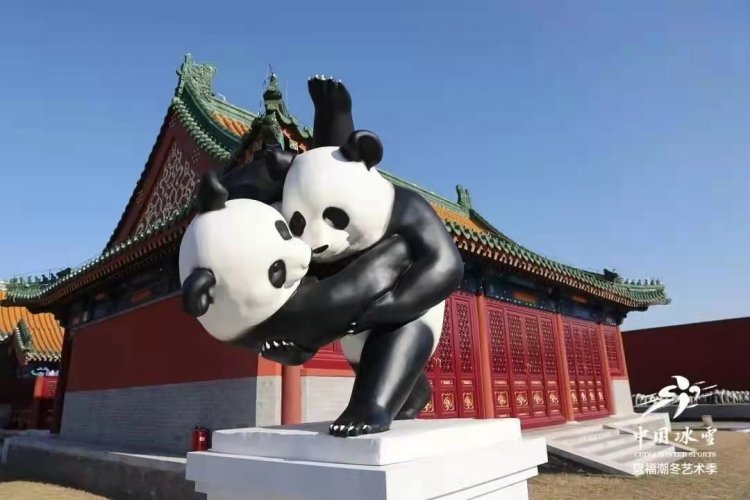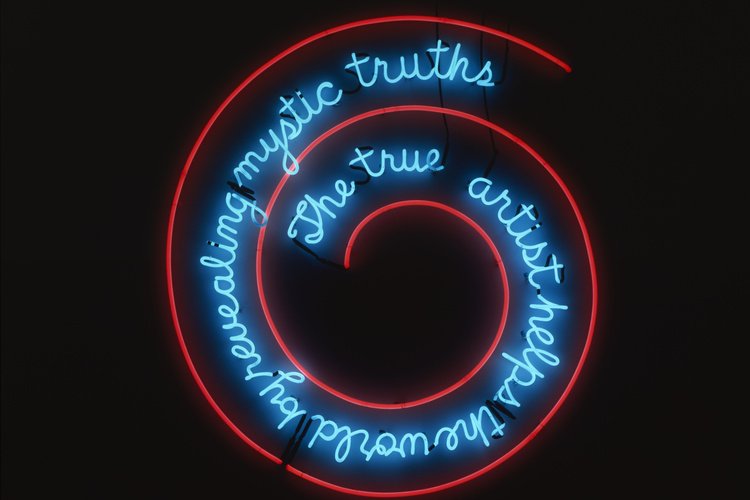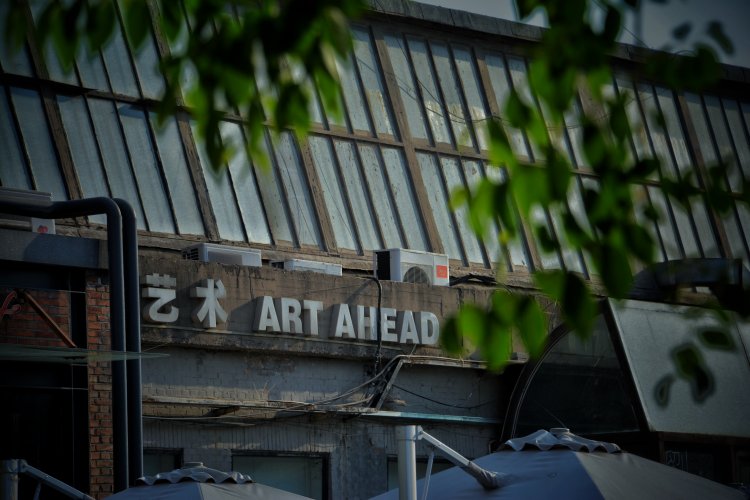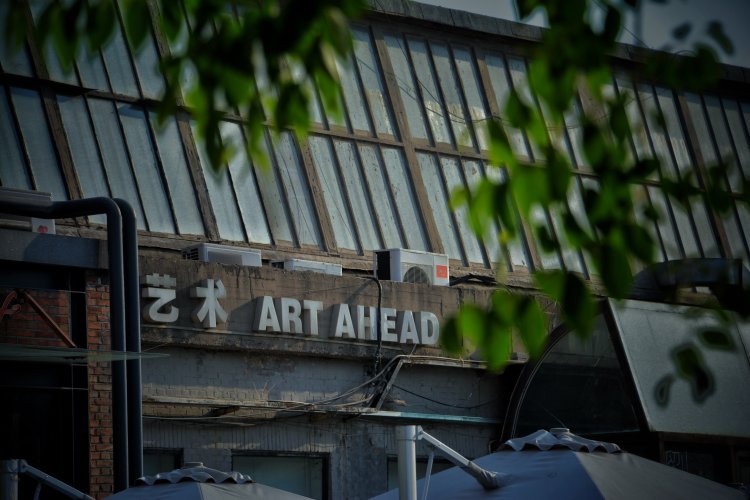Color, Music, and Abstraction: Pang Tao’s Seven Decade Retrospective at Inside-Out
State of the Arts is our regular arts column whereby we take a look at the newest moves in Beijing's creative scene and highlight art news as well as exhibitions, artists, and openings that you should seek out.
Inside-Out Art Museum’s latest show, Dancing Notes, New Works by Pang Tao, is a survey of the works of the Shanghai-born artist and the relationship between the personal and historical context from which they arose. Pang Tao's productive artistic career spans seven decades, making this retrospective ripe for the same rich-in-historical-detail approach that Inside-Out has employed to structure and document their exhibitions over the last two years.
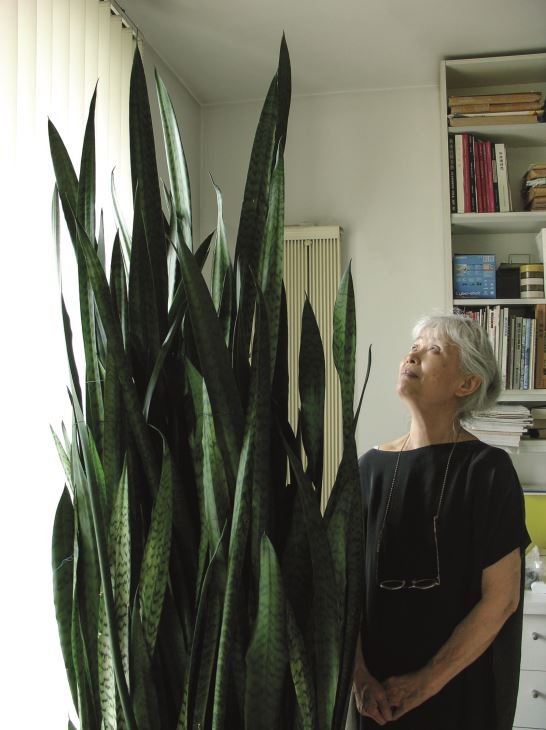
Pang Tao was born in 1934 to a family of artists and was initiated in the world of painting from an early age. Her father and mother were both part of the first wave of Chinese artists who went to study abroad and brought back with them a number of international references with regard to modern art. Pang Tao was able to learn from her parents before enrolling in the National Hangzhou School of Art and later on continued her studies at the Central Academy of Fine Arts, where she would later become a professor.
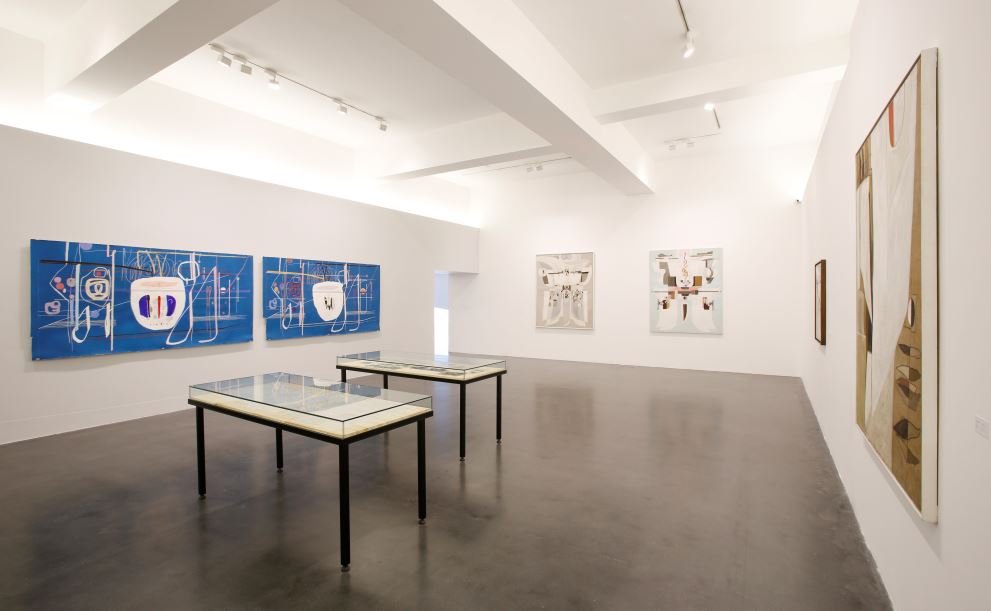
Throughout her career as both an artist and an upholder of the principles of China's institutionalized art world, Pang has at times had to fend off the tension between her desire to experiment with materials, abstraction, and the social expectations of her professorship (and consequently her responsibility for future generations of younger Chinese artists). Pang's academic life was restricted in part by her affiliation with the social realist forces of the time, which promoted the artistic status quo and the propagation of staunch communist values. This exhibition touches upon all of these elements as well as focusing on the major creative points in the artist’s trajectory.
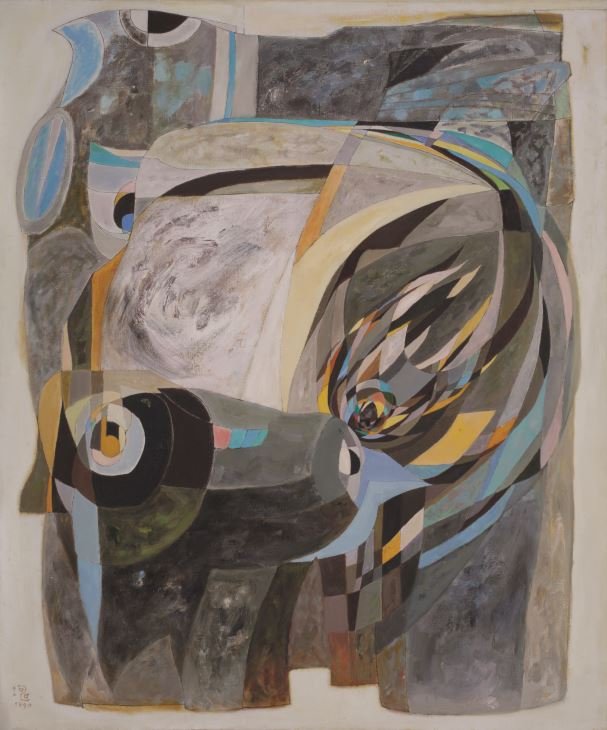
Too experimental for the most conservative forces of her time and perhaps too moderate for the most radical New Wave Movement forces in the '80s, Pang Tao was not immediately acknowledged during the most prolific and experimental moments of her artistic practice. However, being overseen by government forces and contending with frequently heavy criticism did not deter her desire to continue researching various ways to convey her message. That MO slowly grew to encompass visual studies of local references and motifs – such as landscapes and artifacts – and a subsequent transformation into more abstract forms, deploying a deft use of color in the process, as well as the inclusion of natural materials that injected depth and multilayered density to her works, such as sand.
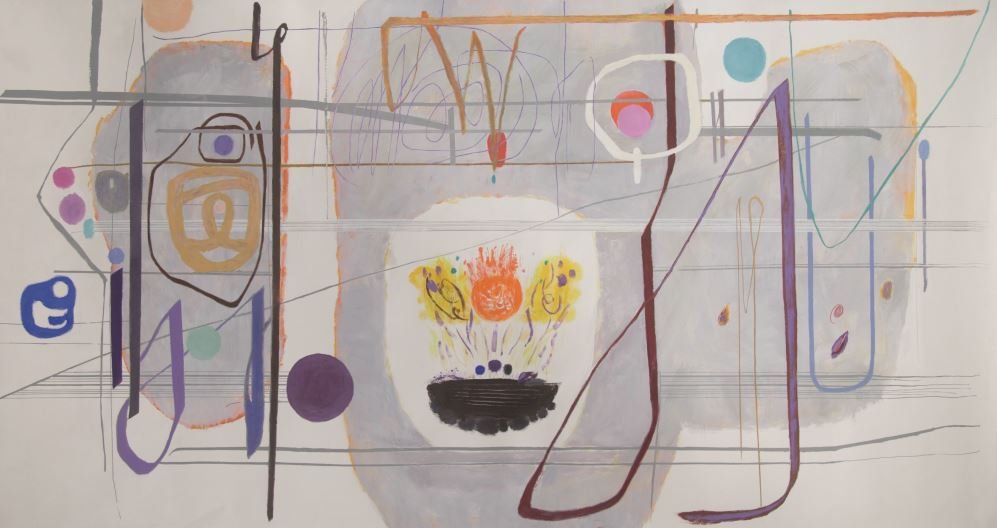
Pang Tao’s latest work, “Change of Color Gradation” (2017), is used to unify and tell the story of the artist’s quest for experimentation as a painter while showcasing her masterful use of color. The three rooms dedicated to the retrospective have been divided by central walls to create a mirror-like relationship between the works exhibited in each space, which are linked by either their aesthetics, the materials used, or the preoccupations of the artist during the creative process.

One of the most compelling parts of the exhibition is her bronze series. Created between 1985 and 1995, the pieces respond to the larger cultural wave gripping China at the time in which sociologists and historians alike were looking back at the country's local cultural references and new ways to represent them. Seeking to dig deeper into these motifs, Pang turned to former Chinese dynasties for inspiration, a major field of research also undertaken by her father Pang Xunqin in Yunnan back in the '40s.
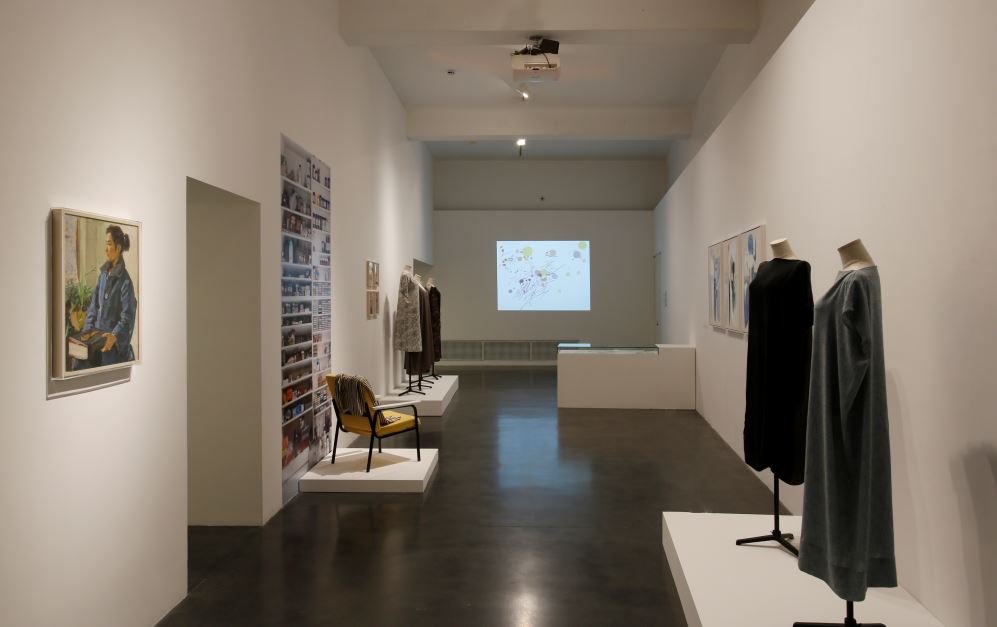
Drawing inspiration from her father's studies and the decorative patterns of the bronze, particularly those from the Shang (1600-1046 BC) and Zhou (1046-256 BC) dynasties, these abstract works utilize Pang's own powerful color language, resulting in pieces that are abundantly rich both in form and content. When prodded about her use of abstract forms, Pang has in the past stated that she doesn’t subscribe them to what we may consider "abstract art" but rather something she regards as "post-abstract"; the result of unifying the feelings she encountered when participating in activities as disparate as listening to music (particularly Impressionist composer Claude Debussy, the artist has said) to the way she interprets Chinese cultural symbols.
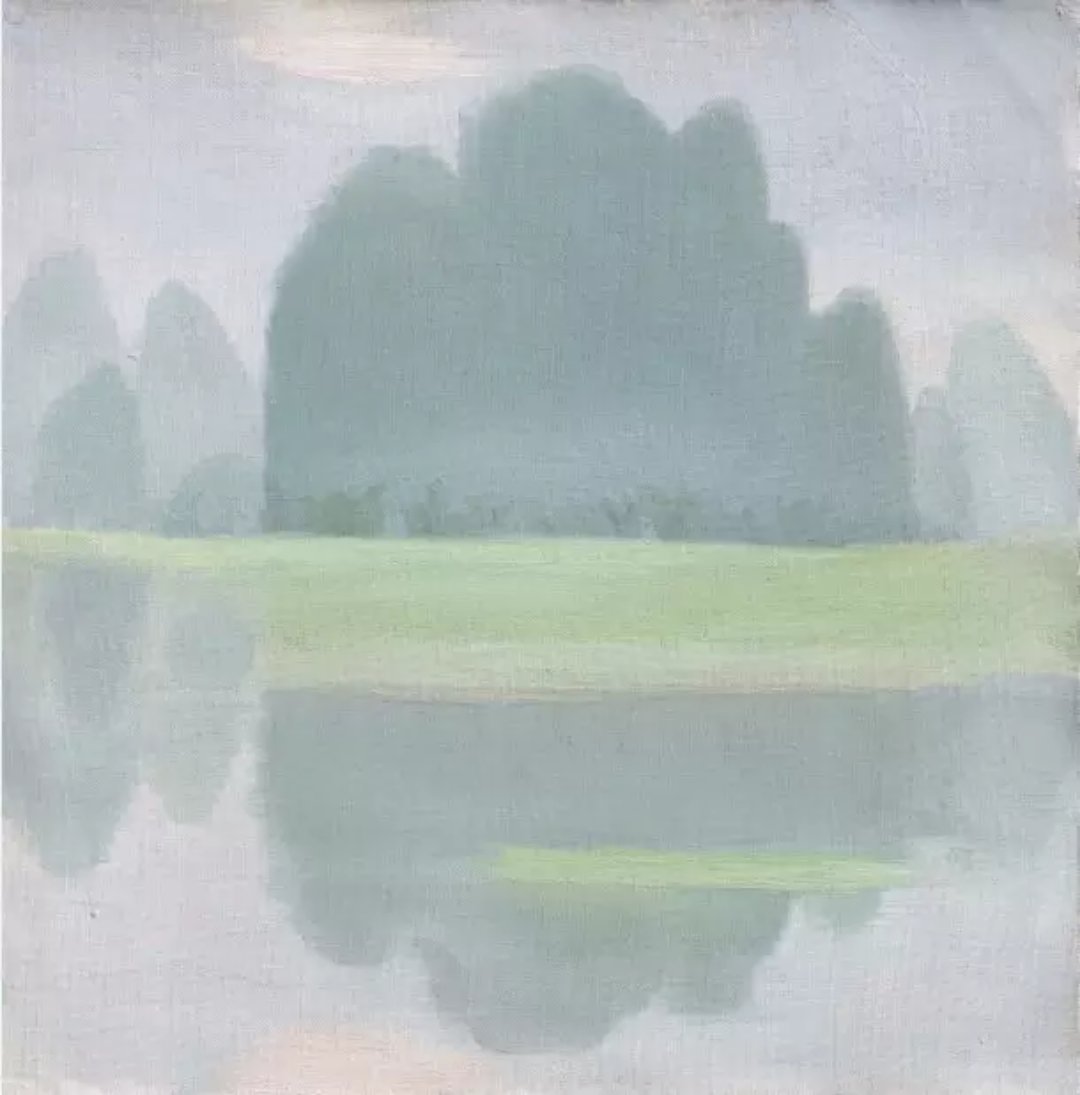
As part of the exhibition, visitors also have the opportunity to peruse notes and manuscripts that provide insight into how color came to be Pang Tao's major focus as an artist throughout her time as a professor in CAFA's Department of Printmaking. We'd also recommend purchasing the mini catalog (RMB 18), so as to get a full understanding of the influences and stories behind what’s on show.
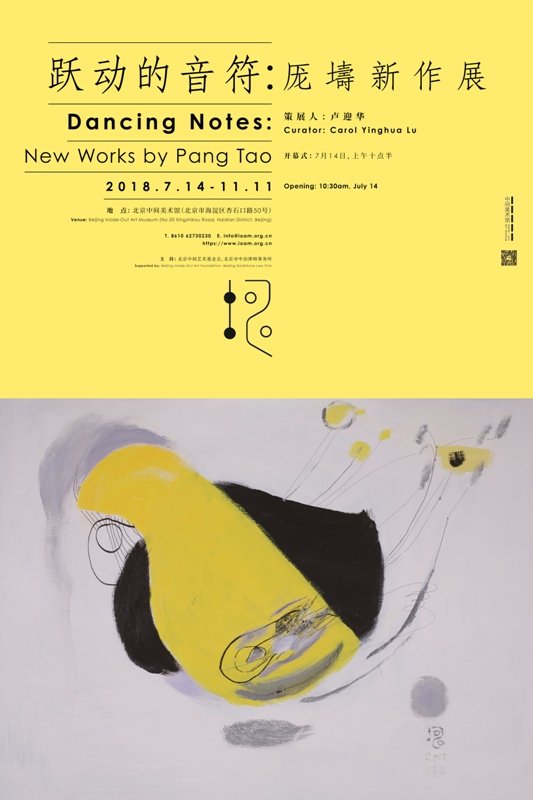
Dancing Notes is on view at Inside-Out Museum until Nov 11. The show will also be the focus of numerous seminars and talks at the museum during its run. Follow the Inside-Out's official WeChat account (ID: 北京中间美术馆) for updates and news on the show. Regular tickets are RMB 10.
Photos courtesy of Inside-Out Museum

